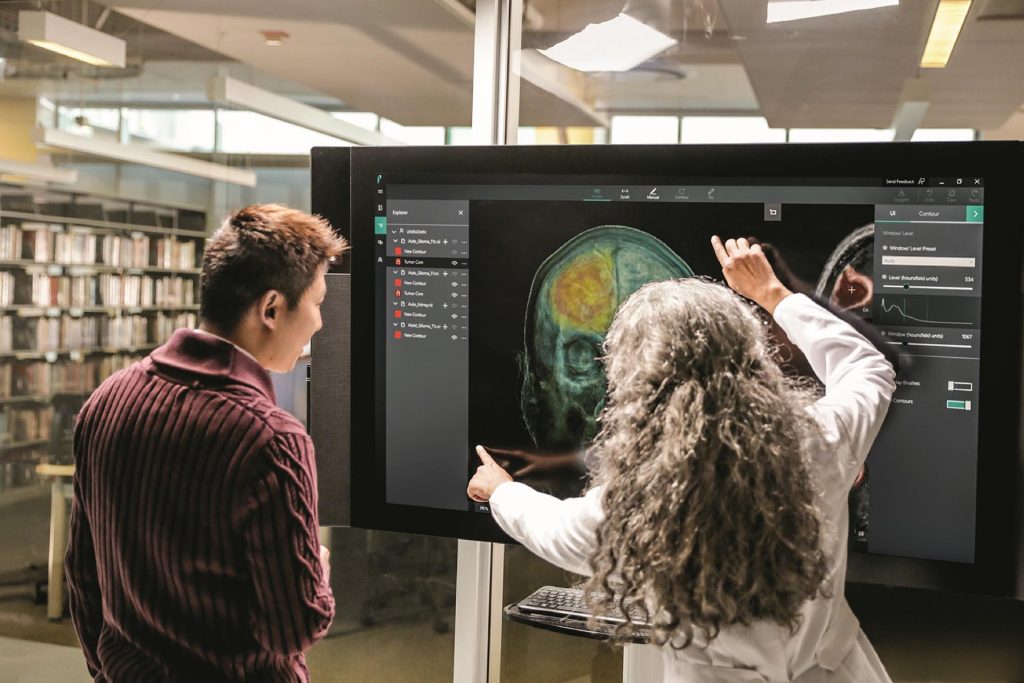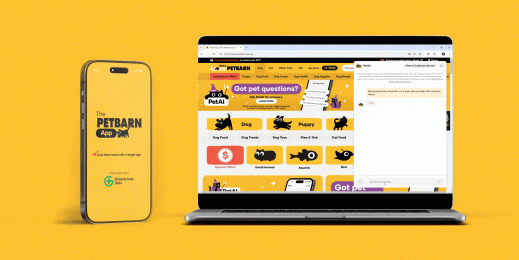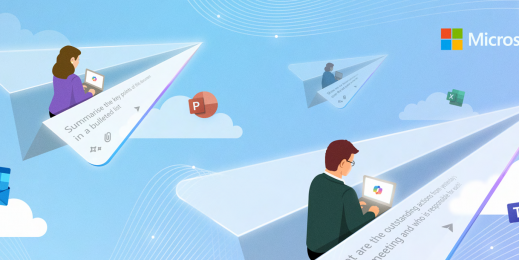
Artificial Intelligence
Artificial intelligence transforms even the most human services
The Department of Human Services is deploying four separate levels of artificial intelligence solutions to transform itself and the many millions of transactions it has with citizens each year.
In a presentation at Microsoft Summit, Gary Sterrenberg, chief information officer of the Department of Human Services, said that the department needed to transform in order to remain relevant for the citizens it serves, improve its responsiveness and break free of the traditional 9-5, Monday to Friday shackles of the past which he said were “no longer relevant for the society in which we live.”
He said that there was the risk that without substantial transformation a gulf would emerge between citizen needs and expectations and what the DHS was able to provide. Artificial intelligence however is delivering valuable traction to help the Department ratchet up its service capability.
While artificial intelligence technologies are relatively new to the DHS, and still being trained and enhanced, Sterrenberg said; “What we are starting to see is movement from standard machine (learning) to deep learning – it’s moving very quickly and we are going to get there in months not years.”
Sterrenberg leads the digital transformation agenda for the DHS which will underpin a new generation of service centres with; “Systems that are accessible anywhere, any time, intuitive to use and convenient for people with accessibility problems.”
One of its flagship AI projects is what Sterrenberg describes as a Level Four AI solution, an interactive online virtual assistant called Nadia.
Developed for the National Disability Insurance Scheme (NDIS), Nadia interacts with people to guide them through their service options and also respond to questions using a natural conversational interface. Developed with direct input from differently abled Australians, Nadia has been tested and trained through a million interactions, and has achieved a 92 per cent approval rating from test users.
The DHS is planning a full public launch in 2018.
Sterrenberg described Nadia as a; “Computational model of consciousness with a level of empathy that responds to you. It is built on a cognitive platform and uses technologies to see, hear and understand questions,” before responding with useful answers or recommendations.
While Nadia is a Level Four AI solution DHS has already deployed Oliver, a bolt-on cognitive platform that Sterrenberg describes as Level One AI, which uses natural language interfaces and a conversational user interface to streamline interactions with citizens.
For example people applying for NewStart generally need to respond to around 150 questions. Leveraging Oliver to autofill as much of the application form as possible it might be possible to cut that to just 10-15 questions said Sterrenberg.
DHS’s Level Two AI solution is the Roxy chatbot which has been trained to understand Australia’s social welfare legislation and can provide advice about what is relevant to an individual and the benefits to which they might be entitled.
DHS is also working with Microsoft on a self-learning project for Roxy to enhance the platform’s capabilities.
George is the DHS’s Level Three AI solution, able to detect anger in people attending Government service centres and text security services to avoid people being injured. George also features a translator able to provide support to people in up to 200 languages or dialects.
The real focus of all the cognitive systems is about supporting staff to be the best we can be.
– Gary Sterrenberg
He added; “We are creating a different service paradigm based on the fact that we need to provide the right information to service officers to make best decisions possible, ” and help navigate the 100,000 legislated rules that apply across the department.
Ultimately the intent is to have AI platforms that support citizens directly and augment the capacity of skilled staff with cognitive systems.
















